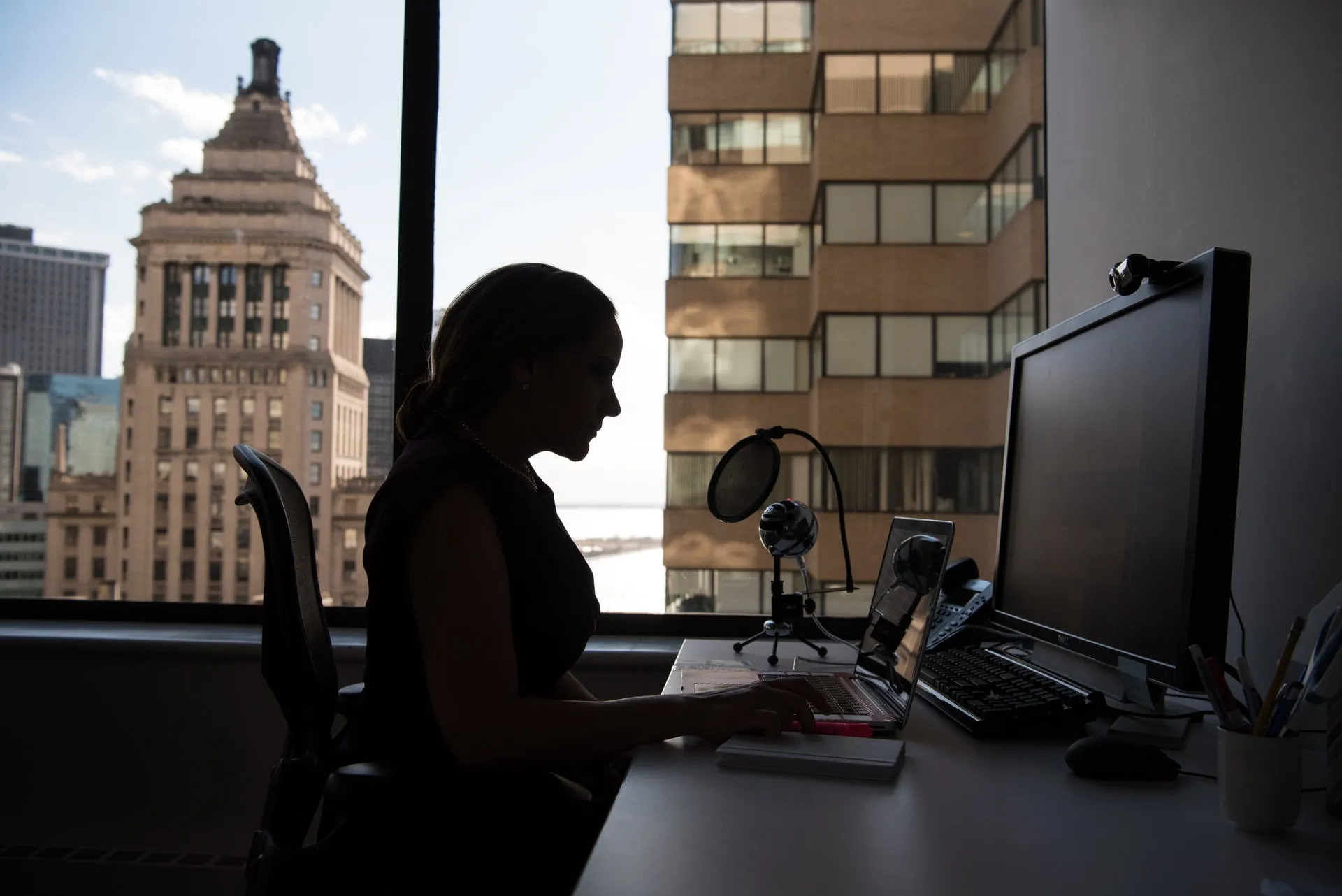Amazon FBA Fees and How FBA Pricing Can Go Wrong!

Fulfillment by Amazon fees can be a moving target, yet are a vital part of the profitability calculation for every successful Amazon seller.
The challenging part of this is they can change. These changes are sometimes routine pricing updates on Amazon or updates in the packaging you choose for a product.
They can also be more random and troubling, in the form of mismeasures by Amazon, and even nefarious competitors competing with blackhat techniques.
It is important to make sure an Amazon FBA Overcharge isn’t happening due to FBA wrong measurements. Here at Bindwise we offer to Amazon sellers a tool to track FBA fulfilment or storage fee overcharges.
Epigraph (an instructive story from one of Bindwise customers)
Amazon changed the weight of one of my ASINs from 7lbs to 16lbs. You can do basic math to figure out each of these orders at 16lbs cost me an additional $3.42 each.
I caight this issue about 3 days after it happened and it took Amazon another 4 days to update the dims. By this point in time I have over 600 orders that were billed at 16lbs.
Amazon tells you to submit the order IDs in question to get a credit. To do this you must go to a shitty date range report. This report took me over 24 hours to download.
Once downloaded you need to put in a table and add some extra columns to do the math and figure out how much Amazon ripped you off for. You then submit those orders to Amazon asking for an exact amount of credit.
This is where things get fishy. Amazon will look at the weight history of your product. Even though your item has maybe weighed 7lbs for the last 2 years, Amazon will pull up data going back even longer if it helps their agenda.
For example, they will say your item weighed 11lbs back in 2016 so they are only able to refund you the difference between 11lbs and 16lbs. So you thought Amazon would be refunding you $3.42 per shipment x 600 shipments ($2,052) but in reality they are going to offer you the difference between 11lbs and 16bs ($0.38*5lbs = $1.90) which is $1,140.
You will ask Amazon why they are using data from 2016 and you can complain to them that the data from 2016 could be wrong. They will not give a shit.
So at this point Amazon has weighed your item incorrectly, overbilled you, made you do all the leg work and they are know telling you because your item had a higher weight 2 years ago, they are only going to refund you part of this.
How are the dimensions calculated?
Typically, when an item is sent into Amazon, you can enter your own dimensions on the product detail page.
These are occasionally used, but usually, upon the first arrival, a cubiscan takes place of the item. This is a digital scanning (performed by Amazon staff) that gives measurements of length, width, height.
This sounds perfect, but there can be myriad issues that crop up in cubiscans.
One potential problem is the precision does not account for packing mistakes. For instance, a solitary piece of tape protruding vertically from a box can turn your product with a maximum length of 16” into an oversized item with a maximum length of 22”.
Additionally, there are competitors that will use this to their advantage. There has been a spat of blackhat sellers that will send in a few items to FBA while hijacking a listing. They will then request a scan. Unbeknownst to the original seller, they will use ridiculous packaging for this item. This will lead to a cubiscan showing an item far larger and/or heavier than it should be. If scanned, this will change the fulfillment fee for the original seller going forward.
What to do when mismeasurements occur?
The reality is, mismeasurements WILL happen. The question becomes, what do you do when they occur? If the incorrect dimensions somehow lowers your incorrect FBA fees, say thanks to the Amazon Gods and ride it out! It seems these mistakes happen less often!
Here at Bindwise we monitor such cases. We are able to alert you immediately when your FBA fulfillment fees change. Once notified, you can immediately contact Amazon to get the item remeasured, and hopefully changed back.
When you notice the FBA fee has increased, or in general is mistaken for a product, you need to request a remeasure. When you put in the request, they will remeasure the product fairly quickly most times. They will use the cubiscan and measure quickly, then update the product dimensions. If you catch a product immediately, or the mismeasurement does not change the classification for your item, this may be all that is needed.
This works only on occasion. As a matter of policy, Amazon will only do this at most twice every thirty days. They will immediately reject requests if a product has been recently measured more than two times recently.
Once the measure takes place, assuming it corrects the issue, you can then rest easy knowing you will be charged the proper amount going forward. For high volume items, your mind may immediately wander to the past monies lost on these excessive fees. For this, too, there may be a remedy.
You can open a case with seller central describing the overcharging. A case could be made for over-payments of storage or fulfillment fees based on incorrect dimensions. You may have to call, try to speak to someone on the catalog or brand registry team, and be persistent. After repeated tries, they will often offer some consolation, in terms of a negotiated refund.
This may be a percentage of sold items or only a percentage of the desired refund. While this should be cut and dry, the truth is this process is delicate and sometimes nothing more than the luck of which agent you get. While you have a very good chance of getting your product measured properly, and recouping some of your losses, a full refund is almost impossible.
How to make decisions going forward
All of this means that you should pay attention to your fulfillment fees, but also your packaging sizes and methods. While a few inches here or there may seem inconsequential in your packaging, it can be very expensive in the long term.
This is especially true at the edges of different sizes. For instance, a product going from 17 to 19 inches will bump up the charge.
When you have products that are near a price point, make sure you are consistently checking your product, and being efficient in your packaging.
When trying to make your packaging smaller, remember that making the SHORTEST side smaller is going to get your dim weight down fastest because making the shortest side smaller means you are working with the largest surface area. To get the dim of this item down to 9.69, you just need to update your dims to 17 x 13 x 6.1.
If you can try to avoid being right at the edge of the price breaks, it will help as well. If you get close, then a bent edge can push your product into a more expensive tier.
Brand Registry and avoiding these issues
Luckily, Brand Registry 2.0 can help greatly in avoiding these issues. Because commingling occurs with different seller offers on a listing, being the sole seller is even more of a priority. Brand Registry is one way to avoid this issue.
Another way is through the Transparency program, which we have previously discussed in our blog. This program allows sellers to guarantee the authenticity of products being sold and can prevent hijackers from selling counterfeits, which could affect the dimensions and fulfillment fees.
Additionally, Bindwise offers listing monitoring. This allows you to keep an eye on your listings, and be notified when FBA fee increases or decreases.
This kind of proactive monitoring reaps rewards many times over. Not only will it help you keep proper dimensions for all your items, but it will also help with the quality and customer satisfaction of your brand as well.
Conclusion
Dealing with FBA fees can be vexing to even the most well-versed seller. Luckily, with Bindwise and awareness of potential issues, you can make sure that you are not overpaying for fulfillment.
The fees from FBA are expensive enough as is, but all Amazon sellers know that just a few cents here and there can add up to expensive mistakes or big rewards over the long term. Use these suggestions to maximize your Amazon profit by reducing your expenditure!





